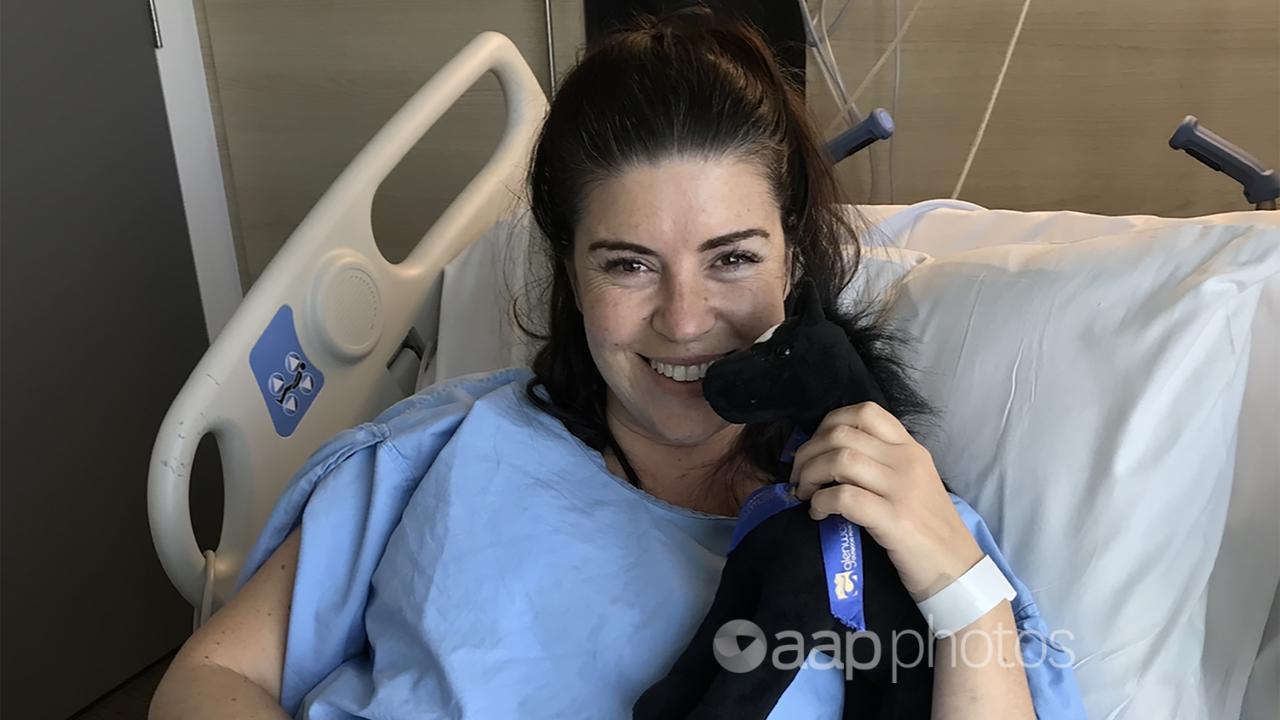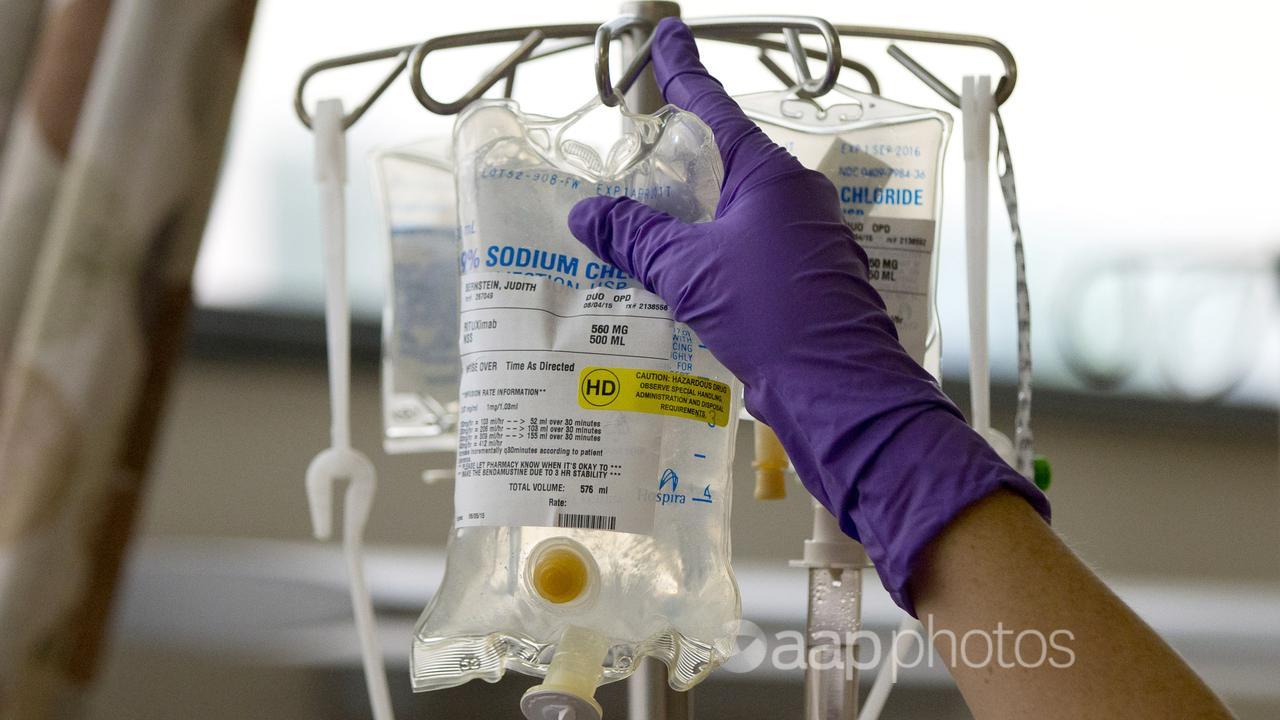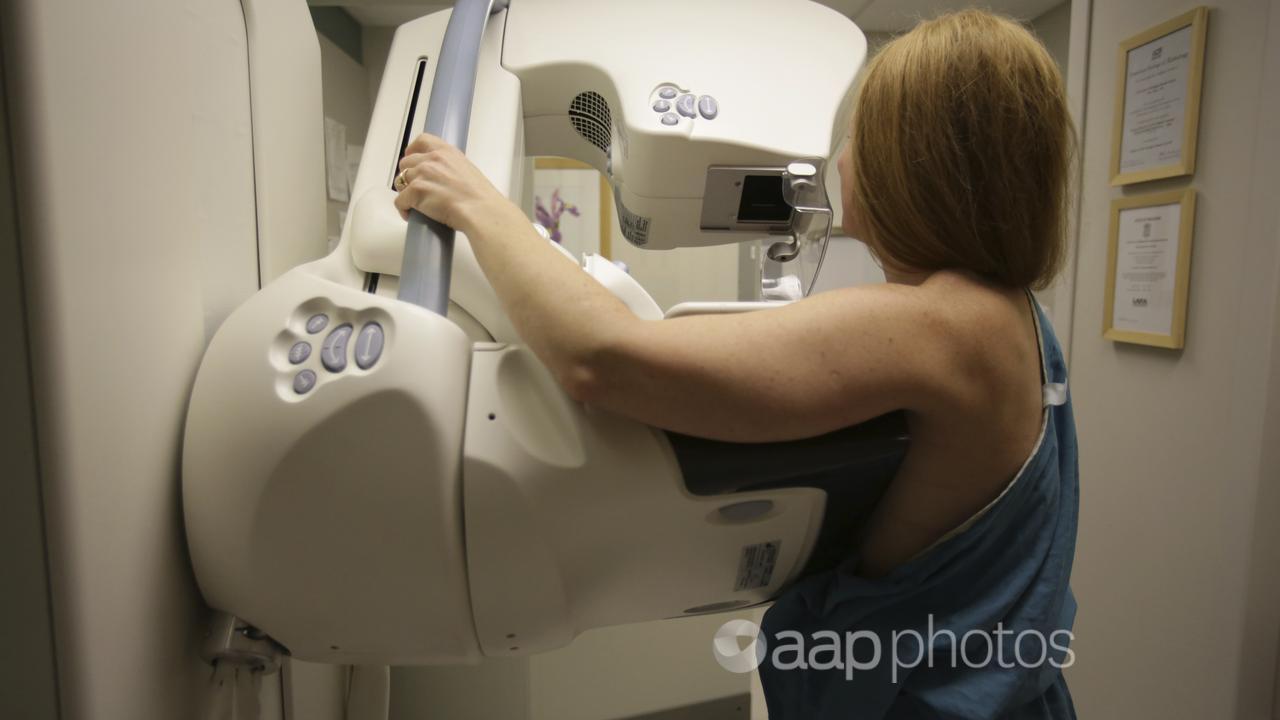An Australian woman who has gone through breast cancer is a staggering 53 times more likely than average to see her relationship fall apart.
The shocking statistic – part of Compare Club’s research to uncover the true cost of breast cancer – indicates the battle a woman must face when diagnosed may only really begin after treatment finishes.
Head researcher Kate Browne was driven to investigate these statistics after her own experience of breast cancer, followed by divorce.
She found 12.35 per cent of 400 women who battled breast cancer in the past five years had divorced or separated as a direct result of their diagnosis. A further eight per cent said their relationship was under severe strain.
The national crude average for divorce is 2.2 divorces per thousand residents, according to the Australian Institute of Family Studies.
“Quite a large chunk of women said there was just a real dynamic shift in their relationship where they were no longer being able to hold the household together … and often their partners were then, like, ‘I can’t do this’,” Ms Browne tells AAP.
“We did have, quite depressingly, some women just say that their husbands left before they’re really even fully into their treatment. They seemed unable to articulate their emotions and left instead.
“And then the big one, and this is what impacted me, was the aftermath of treatment.”

Exhaustion, mood swings, rehabilitation, fear of the cancer returning, struggling to return to work, joint pain, self esteem, and libido and mental health issues – not to mention often aggressive hormone treatment to bring on medical menopause.
The challenges faced after breast cancer treatment ends are huge, she says.
While Ms Browne says her partner was great while she was receiving treatment, his patience eventually wore thin.
“I think I was caught out too … you look at the end of treatment as your finish line,” she says.
“I couldn’t understand why I didn’t feel great. I felt like hell and I was so depressed. And I didn’t feel like anyone really understood.
“My partner made comments like: ‘oh, you’re just tired all the time’ or ‘we’ve just got different energy levels’.
“Can I put my hand up and say, was I my best self? Absolutely not. But, you know, was I going through it? Absolutely.”
Most people will undergo between six and nine months of treatment, be it surgery, chemotherapy, radiation or a combination of the three. But anecdotally, women describe it taking at least two years to feel themselves.
“Don’t expect this person to be back to where they were at the end of treatment,” Ms Browne warns.
“They may never be the same.”
Among the women surveyed, one described being told she was making her partner’s life “a misery”, another’s was unhappy with the cost of her treatment.

One commented that she had nursed her husband through bladder cancer four years earlier only to be left while she battled breast cancer.
“There’s a real sadness from these women, that the people they really loved didn’t seem to show up for them,” Ms Browne says.
“During treatment, everyone’s supporting you and then everyone’s like, ‘oh, you’re better now’.
“And you’re actually, like, ‘I’m worse than I’ve ever been’. A lot of women spoke about being blindsided by that.”
A recent Zurich Financial Services report put the lifetime cost of breast cancer at $40,000 but Compare Club’s research suggests it could be much higher when “the ripple effect” is included.
Recent University of Melbourne research found a separation or divorce can reduce a woman’s disposable household income by 30 per cent, compared to five per cent for men.
So for women hit with the “double whammy” of cancer and divorce, the financial implications are huge, Ms Browne says.
“If you add divorce to the cancer survivor financial strain, you’ve got a really big issue there. A kick in the pants financially.
“We end up far, far behind with little chance of clawing our way back.”

Ms Browne went from a comfortable dual-income life with her husband and two children and a financial future that looked “pretty great” to living alone in a rental and facing astronomical medical bills within 18 months.
Her out-of-pocket costs in the first year of treatment were about $20,000 and follow-up specialist physiotherapy, six-monthly scans, specialist appointments and more surgeries for shoulder issues triggered by the cancer nearly doubled it.
Add another $10,000 on a lawyer to deal with her divorce and Ms Browne’s situation couldn’t look more different.
While her husband enjoys good health, a great career and an impressive super balance, she says, she has burned through what superannuation she had put away working part time while raising their children and is now all-but starting from scratch.
There needs to be a more holistic focus on helping women get their lives and finances back on track following their cancer fight, she says.
“Someone tried to say a bit too early in the piece for me that cancer can be a gift,” she says.
“I was like, ‘I’m going to punch you’.
“But two years down the track, I can say it does make you fearless.”




















